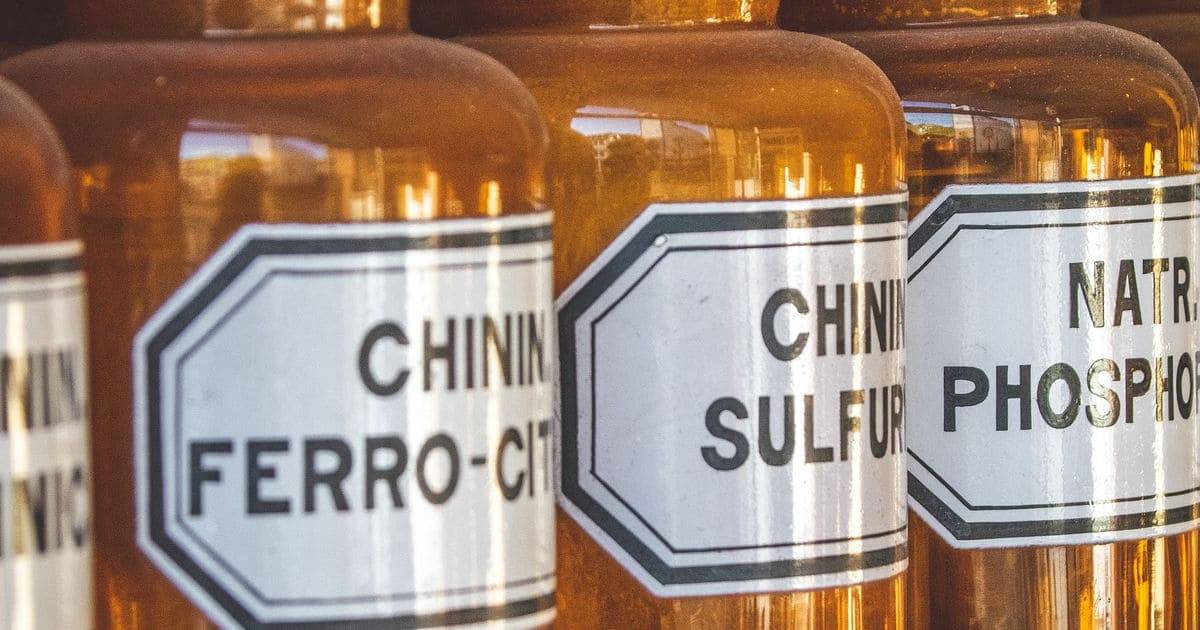Country dwellers are a resourceful lot: they bake their own bread, cut their own firewood and rely on a variety of home remedies when the hazards of rural living strike, whether it’s bees, wasps or poison ivy. Our survey of first-aid through the ages shows that many of today’s common sense cures owe a debt to our forebears. Sometimes, however, the traditional DIY approaches can be downright harmful, according to current medical thinking. This informal comparison of old-fashioned first aid, current herbal remedies and modern medical advice for six common country injuries attempts to set the record straight. It might have you lauding or rethinking your own time-honoured cure-alls.*
BEE AND WASP STINGS
Old-fashioned approach — Old herbal remedies relied on topical oils, such as tea tree and lavender, and poultices of fresh marsh mallow or tobacco juice to ease the pain and counter-act the poison. A common practice was to leave the stinger in and apply mud.
Modern home remedy — Today, tobacco juice is still considered effective, as is the use of papain, found in meat tenderizer. An enzyme in onions is said to relieve inflammation, and baking soda also helps.
Doctor’s orders — Modern medicine concurs to a point (papain, sodiumbicarbonate), and adds aspirin, ice packs and anti-perspirant (aluminum salts) to the mix, but nixes the mud. The stinger and venom sac should be removed quickly and the area washed immediately.
SUNBURN
Old-fashioned approach — Many herbal applications to soothe the pain of a sunburn date back centuries—licorice, tea tree, lavender, cornflower and echinacea roots, goldenrod leaves, and barley water.
Modern home remedy — Modern home remedies include an application of egg white and castor oil and a warm, baking-soda bath.
Doctor’s orders — Current medicine warns against ointments, sprays and other home remedies, and recommends cold compresses, plus pain and inflammation relievers such as aspirin, ibuprofen and naproxen. Do not break blisters, and use a dry, sterile bandage.
HICCUPS
Old-fashioned approach — Native peoples relied on peppermint, skullcap and wild yam (colic root) for persistent hiccups.
Modern home remedy—Today, common remedies include swallowing dry sugar, drinking a full glass of water from the opposite side, or eating crushed ice, peanut butter or lemon and angostura bitters.
Doctor’s orders — Water seems to be the remedy of choice in modern medicine as is hyperventilating for a moment or two. Severe cases might necessitate inserting tubing through the nostril to touch the back of the throat, which short circuits the hiccup reflex.
SEASICKNESS
Old-fashioned approach — Ancient mariners relied on ginger to relieve their symptoms and this remedy has passed the test of time.
Modern home remedy — Boaters today use ginger capsules, tea or candy (straight powdered ginger is not recommended) to combat nausea.Other simple measures are fixing the eyes on a steady distant point, avoiding alcohol, and reducing head movement.
Doctor’s orders—More sophisticated medical devices available in pharmacies include elastic bracelets or adhesive disks that are applied to the acupressure points that control nausea. Rehydrating is important if vomiting is involved.
HAY FEVER
Old-fashioned approach — Native North Americans sipped yarrow tea to counteract the effects of hay fever. Stinging nettle, echinacea, eyebright and elecampane have all been considered good allergy remedies throughout the ages.
Modern home remedy — Current home remedies include nasal salt-water washes and various herbal teas (eyebright, stinging nettle and yarrow) to ease the itching, coughs and watery eyes that plague hay fever sufferers.
Doctor’s orders — Modern medicine cautions against using herbal remedies since they may actually contain allergens and exacerbate rather than relieve the symptoms. Instead, antihistamines are the drug of choice today, backed up by nasal decongestants, non-steroidal eyedrops and allergy shots.
POISON IVY
Old-fashioned approach — Jewelweed was the lotion of choice in times gone by and was considered a preventive as well as a remedy. Leaves and stems were crushed and the juice applied to the skin.
Modern home remedy — Today, some people still swear by jewelweed, as well as very hot baths containing baking soda, linnet starch and oatmeal. Applying calamine lotion and rubbing the rash with the inside of a banana skin, impatiens flowers, and even deodorant are also favourite remedies. But most people know that washing off the plant oil is still the best defence.
Doctor’s orders — Oatmeal baths are still considered helpful, but doctors insist that immediately removing the oil (urushiol) by washing with rubbing alcohol (a better solvent than water for this persistent resin) is paramount. A lapse of even 30 minutes can affect the severity and spreading of the outbreak. All affected items (including pets, clothing and blankets) must be thoroughly washed, since the resin can stay active for years. Antihistamines and topical lotions containing both pramoxine and good old calamine are recommended to dry the blisters, but benzocaine and topical steroids are to be avoided.
* DISCLAIMER: None of the remedies described here have been tested by HARROWSMITH’S TRULY CANADIAN ALMANAC staff, and this article is not intended to provide genuine medical advice. For any health concerns, readers should consult a medical professional.













